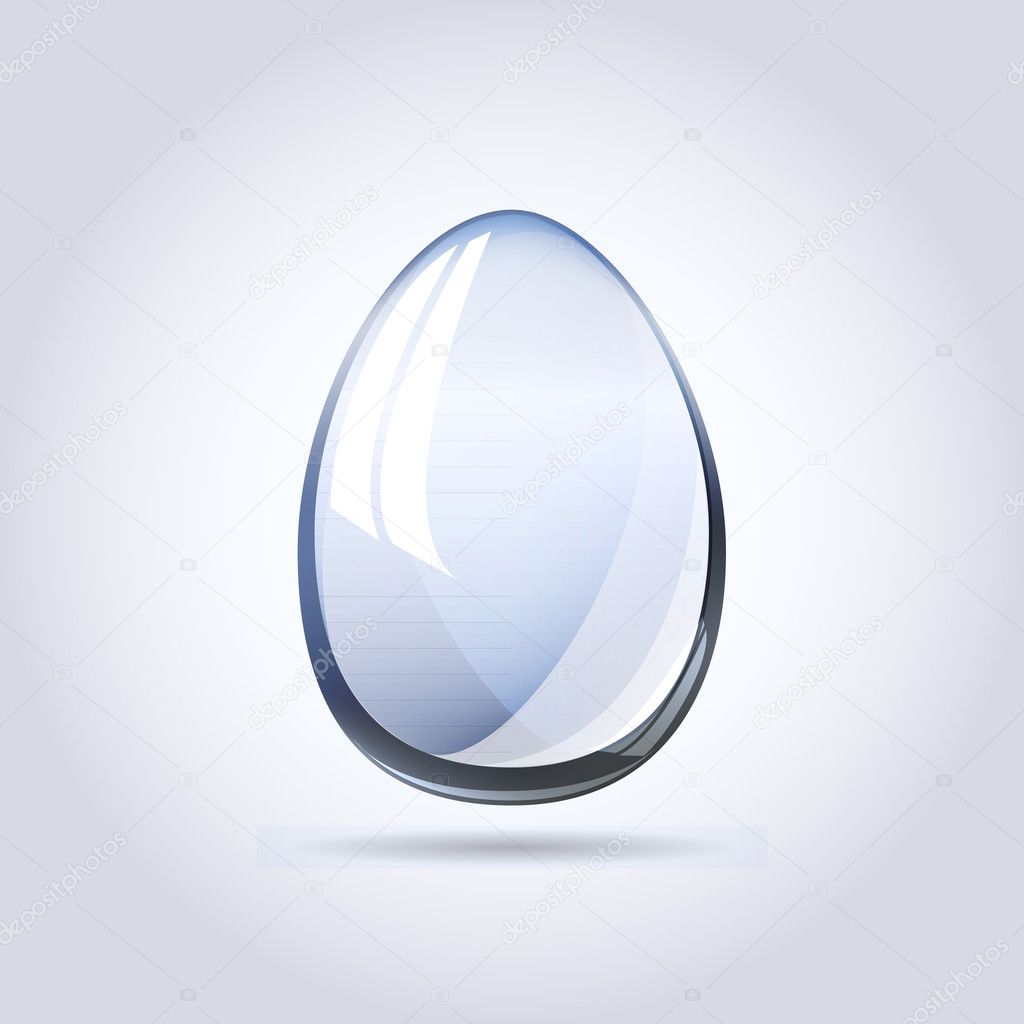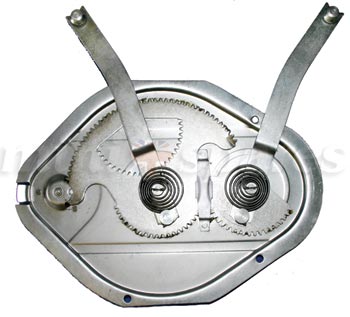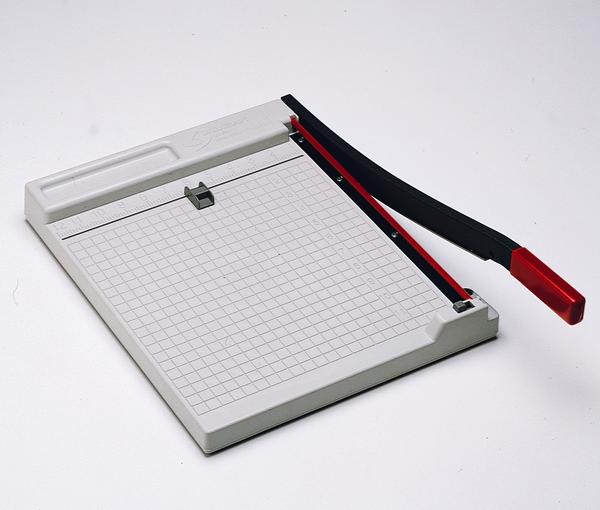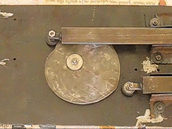MAKE AN ELECRTOMAGNET
You will need:
1)A large iron nail (about 3 inches).
2)About 3 feet of thin coated copper wire.
3)A fresh D size battery.
4)Some paper clips or other small magnetic objects.
Instructions:
1)Leave about 8 inches of wire loose at one end and wrap most of the rest of the wire around the nail. Try not to overlap the wires.
2)Cut the wire (if needed) so that there is about another 8 inches loose at the other end too.
3)Remove about an inch of the plastic coating from both ends of the wire and attach the one wire to one end of a battery and the other wire to the other end of the battery. See picture below. (It is best to tape the wires to the battery - be careful though, the wire could get very hot!
4)Now you have an electromagnet. Put the point of the nail near a few paper clips and it should pick them up!
Description:
At first, 8 inches of wire are left loose at one end and most of the rest of the wire is wrapped around the nail.
Try not to overlap the wires.Next, the wire,if needed, is cut so that there is about another 8 inches loose at the other end too.Furthermore, the plastic coating is removed an inch from both ends of the wire and the last one is attached to one end of the battery and the other one is attached to the other end of the battery. (See the picture above.) It is better to tape the wires to the battery,however, be careful,the wire could get really hot. Finally, the electromagnet is made.The point of the nail is put near a few paper clips,which picks them up!



























